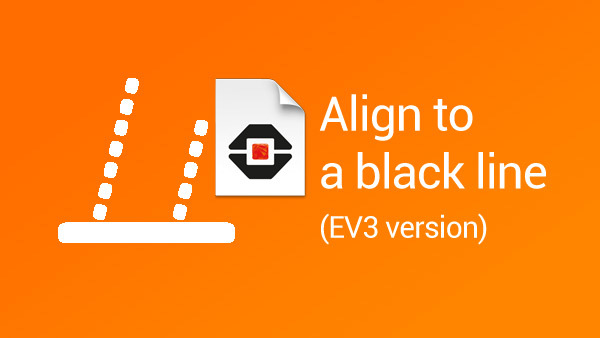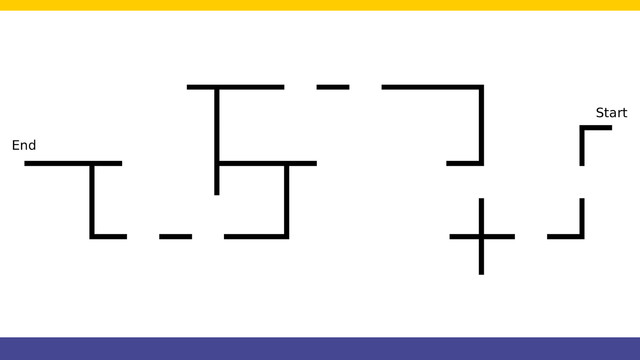

FLL 2022: Collect and Align - How to accomplish M104 Solar Farm with Chain Monster box robot - FIRST LEGO League SUPER POWERED 2022-2023
In this video tutorial we accomplish the FIRST LEGO League 2022-2023 SUPER POWERED mission called M04 Solar Farm. We use the chain monster box robot along with a passive attachment that helps us collect 3 of the energy units. The interesting thing about the mission is the collection of the units, of course, but also the way this robot manoeuvres when there is not enough space. It aligns to the lines, it uses the color and motion sensors. Really advance way to align the robot.
- #2239
- 09 Apr 2024

























